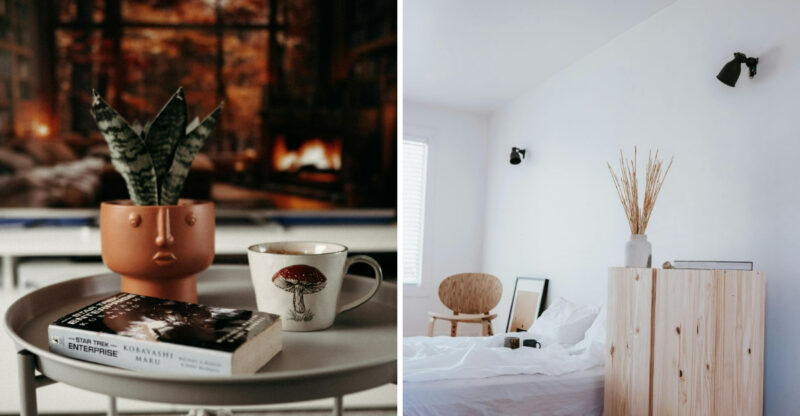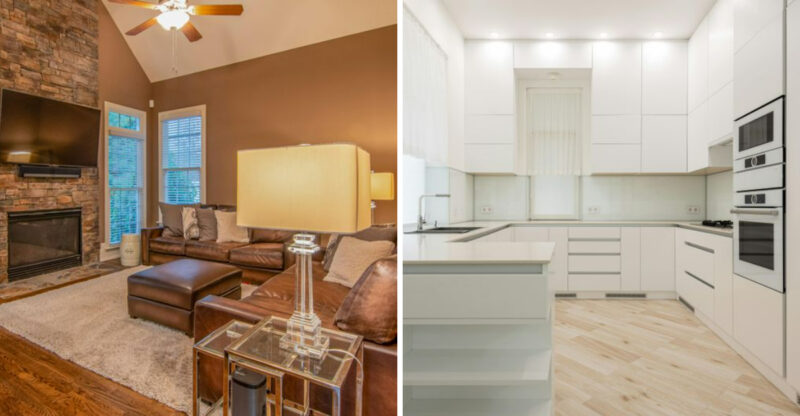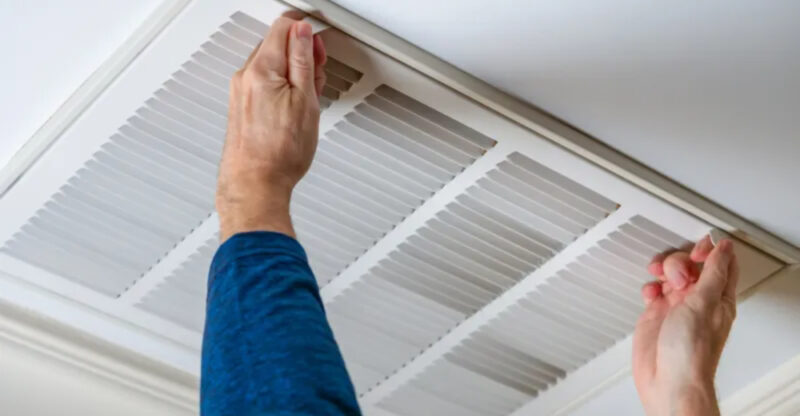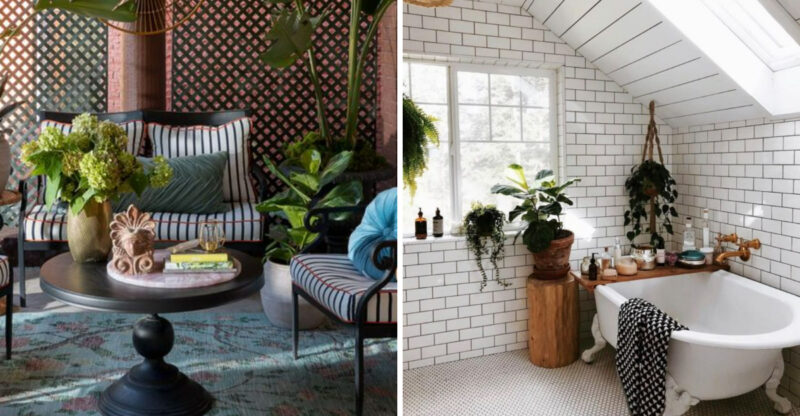18 Things In Listing Photos That Can Make Buyers Walk Away
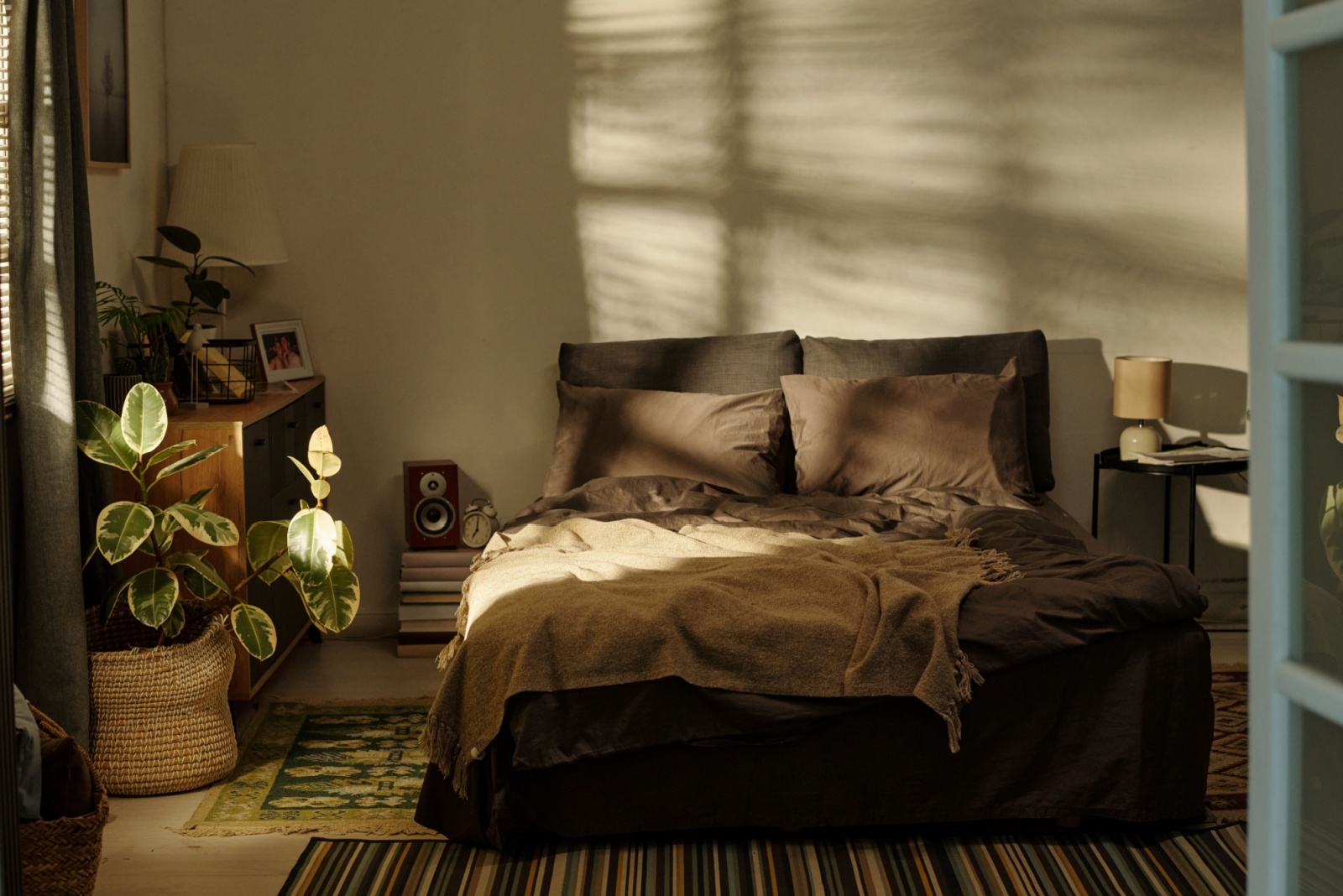
House hunting online has become the first step for most buyers today. Those listing photos are your first impression, and sometimes your only chance to hook potential buyers.
But certain things in these photos can send buyers running faster than you can say “contingency clause.” Here’s what makes home shoppers click away instead of clicking for a showing.
While these factors may turn off some buyers, preferences vary widely. Always consult a real estate professional before making changes based on listing feedback.
1. Cluttered Rooms
Nothing screams “this house is too small” like mountains of stuff everywhere. Buyers can’t envision their furniture when yours is drowning in random objects.
Clutter makes spaces look significantly smaller and suggests there’s not enough storage. Plus, it creates the impression you don’t care about presentation, making buyers wonder what else you’ve neglected.
2. Poor Lighting
Dark, shadowy rooms give off serious horror movie vibes. Most buyers are looking for bright, cheerful spaces where they can picture their happy future.
Poor lighting photographs make even gorgeous spaces look dingy and depressing. When rooms appear dim and gloomy, potential buyers assume the house lacks natural light, a top feature on most wish lists.
3. Dirty Or Unkempt Spaces
Visible dust, stained carpets, or grimy surfaces in photos suggest the home hasn’t been maintained. Buyers immediately calculate cleaning costs or wonder about deeper problems lurking beneath.
Dirty homes create an instant emotional reaction, disgust. Messy spaces signal that sellers don’t care, making buyers wonder what other maintenance issues might exist beyond what’s visible in photos.
4. Personal Items Everywhere
How can buyers picture themselves in your space when your family photos stare back at them? Those bathroom counters covered in your personal toiletries create an uncomfortable feeling of intruding.
Personal items make it harder for buyers to emotionally connect with a property. The goal is to present a home as a blank canvas.
Your extensive bobblehead collection might be impressive, but it’s distracting buyers from seeing their future home.
5. Outdated Décor
Those 1970s wood panels might be coming back in some design circles, but most buyers see them and immediately add renovation costs to the purchase price. Outdated décor suggests the entire house needs updating.
Popcorn ceilings, floral wallpaper borders, and shag carpeting scream “time capsule” rather than “move-in ready.” When buyers spot these features, they often assume other important systems like plumbing and electrical are equally outdated.
6. Messy Kitchens
Kitchens sell houses, but not when they’re covered in dirty dishes and food stains. Since this room is especially important to buyers, a messy kitchen photo can tank interest faster than anything.
Cluttered countertops make the kitchen look smaller and less functional. Visible appliances crowding every surface suggest there’s inadequate storage. Buyers want to imagine preparing meals in a clean, spacious kitchen, not cleaning up your breakfast dishes.
7. Unmade Beds
Are wrinkled sheets and piled-up pillows really that big a deal? Absolutely! An unmade bed in listing photos signals carelessness and makes the entire bedroom look messy.
Bedrooms should feel like peaceful retreats. Rumpled bedding creates the opposite impression. This seemingly small detail suggests the seller doesn’t pay attention to presentation, making buyers wonder what else they’ve overlooked in preparing the home for sale.
8. Pets Or Pet Messes Visible
Though your furry friend is family, their presence in photos can send allergic buyers running. Visible pet beds, toys, and especially litter boxes are immediate turnoffs.
Many buyers worry about pet odors and damage they can’t detect from photos. Pet accessories in listing images signal potential problems like scratched floors, stained carpets, or lingering smells. Even pet lovers prefer to see a home without evidence of another family’s animals.
9. Overly Edited Or Filtered Images
Those super-saturated, fish-eye lens photos fool no one. Heavily edited listing photos create immediate suspicion about what’s being hidden.
When colors look unnatural or rooms appear stretched, buyers become wary. They assume the reality must be disappointing if such manipulation was necessary.
Honesty in photography builds trust, while obvious editing makes potential buyers wonder what disappointments await during an in-person viewing.
10. Blurry Or Low-Resolution Photos
Fuzzy, pixelated images scream amateur hour and suggest the seller isn’t serious about attracting buyers. If you can’t be bothered to take clear photos, what else have you neglected?
Quality photography is a baseline expectation in today’s market. Low-resolution images make it impossible for buyers to see important details. This frustrates them and creates the impression that the seller is either hiding something or doesn’t care enough to present the property properly.
11. Too Few Photos Of Key Rooms
Missing bathroom photos usually mean one thing: they’re outdated or unattractive. Buyers immediately assume the worst when important spaces are mysteriously absent from the listing.
Every major room should be represented in listing photos. When buyers can’t see the kitchen, bathrooms, or master bedroom, red flags go up. The assumption is that these rooms must be problematic, leading many to skip the property entirely rather than investigate further.
12. No Exterior Shots
Where’s the curb appeal? Missing exterior photos raise suspicions about the home’s appearance or neighborhood. Buyers want to see what they’re driving up to before they commit to a showing.
Exterior shots establish the first impression and context for a property. Without them, buyers wonder if the house lacks curb appeal or if there are neighborhood issues.
This mysterious omission often leads them to assume the worst and move on to listings with complete photo sets.
13. Distracting Wall Colors
That fire-engine red dining room might express your personality, but it screams “repaint me” to buyers. Unusual or extremely bright wall colors distract from the space itself.
Buyers mentally calculate the cost and hassle of repainting when they see bold color choices. While paint is relatively inexpensive, the psychological impact of seeing rooms that need immediate attention creates a negative impression.
Neutral walls help buyers focus on the home’s features rather than its temporary decorative elements.
14. Busy Or Patterned Wallpaper
Vintage floral patterns or bold geometric wallpaper immediately dates a home. Buyers see wallpaper and think “time-consuming removal project” rather than “charming detail.”
Wallpaper is extremely personal and rarely aligns with buyers’ tastes. The removal process is notorious for being difficult and potentially damaging to walls.
Most buyers would prefer a simple painted surface they can easily customize rather than dealing with someone else’s decorative choices.
15. Visible Damage
Water stains on ceilings, cracked walls, or peeling paint in photos set off major alarm bells. These visible defects make buyers wonder about larger structural issues lurking beneath the surface.
Small damage visible in photos suggests neglect. When sellers don’t address obvious cosmetic issues before taking listing photos, buyers question the overall maintenance of the property. These visual cues create an impression that the home may require significant work beyond what’s immediately visible.
16. Closed Curtains Blocking Natural Light
Rooms photographed with drawn curtains look dark and uninviting. Natural light is consistently among buyers’ top priorities, so hiding it is a major mistake.
Closed curtains create suspicion about what might be outside the windows. Buyers wonder if there’s an unpleasant view, close neighbors, or lack of privacy. Open curtains signal confidence in the property’s surroundings and showcase one of its most important features, natural light.
17. Odd Furniture Arrangements
Furniture blocking doorways or awkwardly positioned pieces confuse buyers about the functionality of spaces. Strange layouts suggest the room is difficult to arrange or oddly shaped.
Logical furniture placement helps buyers understand how a space works. When furniture is crammed into corners or floating without purpose, it creates uncertainty about the room’s utility.
Buyers need to visualize how their own belongings will fit, which becomes challenging when the current arrangement defies logic.
18. Seasonal Or Holiday Decorations
Those Christmas photos in July immediately date your listing and suggest it’s been languishing on the market. Seasonal decorations in listing photos create a time stamp that can harm your sale.
Holiday-specific décor distracts from the home’s permanent features. Current buyers might wonder why the home hasn’t sold since the previous holiday season. Fresh, season-neutral photos give the impression of a new, in-demand listing rather than one that’s been passed over by other buyers.


